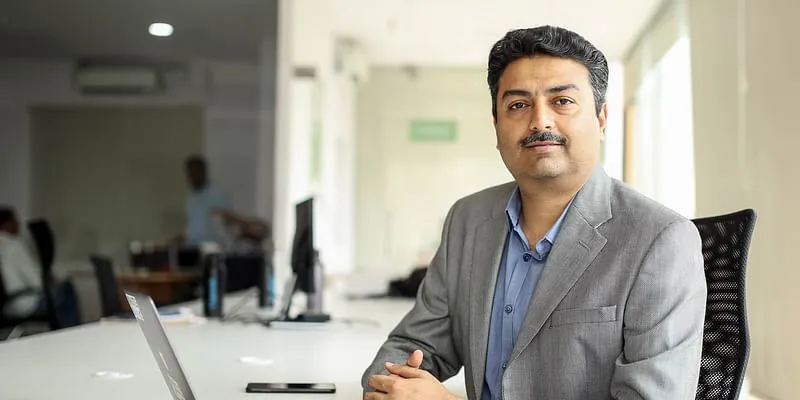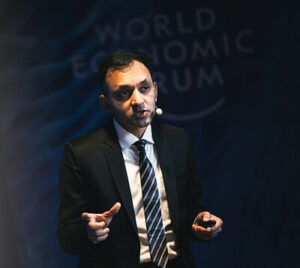The SaaS (software-as-a-service) industry is growing rapidly. The Indian SaaS sector is expected to account for almost 7-10% of the global market, with domestic revenues in the industry witnessing an annual growth of 20%, according to EY-CII Research Report.
As per BetterCloud, SaaS applications make up 70% of the total company software use on average.
Enterprises today are spending at least a billion dollars or two every year on buying software. However, they may have no visibility of the return on investment (ROI) unless employees use the software efficiently and effectively. This is where Whatfix comes in with its digital adaption solutions.
“We’re trying to create a layer of experience—a layer of guidance on top of an underlying software stack—be it CRM, ERP, custom software, or whatever employees are using internally in the organisation,” Khadim Bhatti, Co-founder and CEO, tells Prime Venture Partners Managing Partner Shripati Acharya in an episode of Prime Venture Partners Podcast.
“In short, they get the right nudges—the right guidance at the moment of need—on-demand in the application, which makes them more productive and ensures the ROI is realised by the organisation,” he adds.

Khadim Batti, Co-founder and CEO of Whatfix
Finding the product-market fit (PMF)
For Whatfix, finding the PMF happened in stages.
The first stage was having a clear problem statement—how customers were resonating with the solutions and what pitch they were proposing.
The second stage was deploying and utilising the product. As the company was targeting small businesses, it was experiencing a lot of churn—though the team was able to sell the product, they could not retain the SMBs.
“That’s why we went to a little larger segment—let’s say a company with 500 to 1,000 employees. And they started seeing the benefits of it because they could put in the effort, and they can see the ROI. So that’s the reason, I would say, we could find the PMF was when we changed the segment,” says Khadim.
Building a sales force in the US
For Whatfix, the journey to the US has been a bit different as they initially started selling in India. The model worked domestically because it was a new category; there was hardly any competition and people wanted to start small.
When Whatfix started landing large companies where thousands of software are in use, the opportunities expanded and over time, evolved from India to outside of it.
“I have 30-40 territory sales folks sitting out of India, selling in Europe and the US. They are primarily landing and acquiring those at a price point between $50,000 to $100,000. But once we land, we have account directors or account managers in different parts of the world who own six to eight logos. Their job is only to build relationships with these logos, identify new projects and new budgets, and keep expanding. So that’s the model which has beautifully evolved for us, and it’s paying us very good dividends.”
Raising awareness
Khadim has been experimenting with different ways to create and build awareness about digital adaption solutions, both in the market and within Whatfix. He shares a few of them, starting with thought leadership.
Whatfix has been exposing people to broader problem statements like digital transformation, and chain management. The company doesn’t intend to convert the audience but make them understand how it is a crucial piece of digital transformation.
Second, Whatfix created an analyst relationship programme where it conducts 40-45 briefings every quarter. Apart from focusing on just DAP analysts, it started focusing on other analysts like the ones for CRM, ERP, and so on. This helped the team to recommend other services apart from theirs.
Third is doing a lot of events—virtually and physically—to generate contacts and leads. Lastly, focusing on building a proper outbound engine.
“We have a team which does a lot of outbound work. They also start their cadences by not selling Whatfix directly, but actually sending enterprises white paper and case studies about the category,” says Khadim.
You can listen to the full episode here
Time stamps:
03:00 – GPS for software
09:00 – Finding PMF and the right customer segment
15:30 – Pricing and product for enterprise
21:00 – Building sales cycle and sales force in the US
29:00 – Four pillars of category awareness
36:00 – Start selling to enterprise










